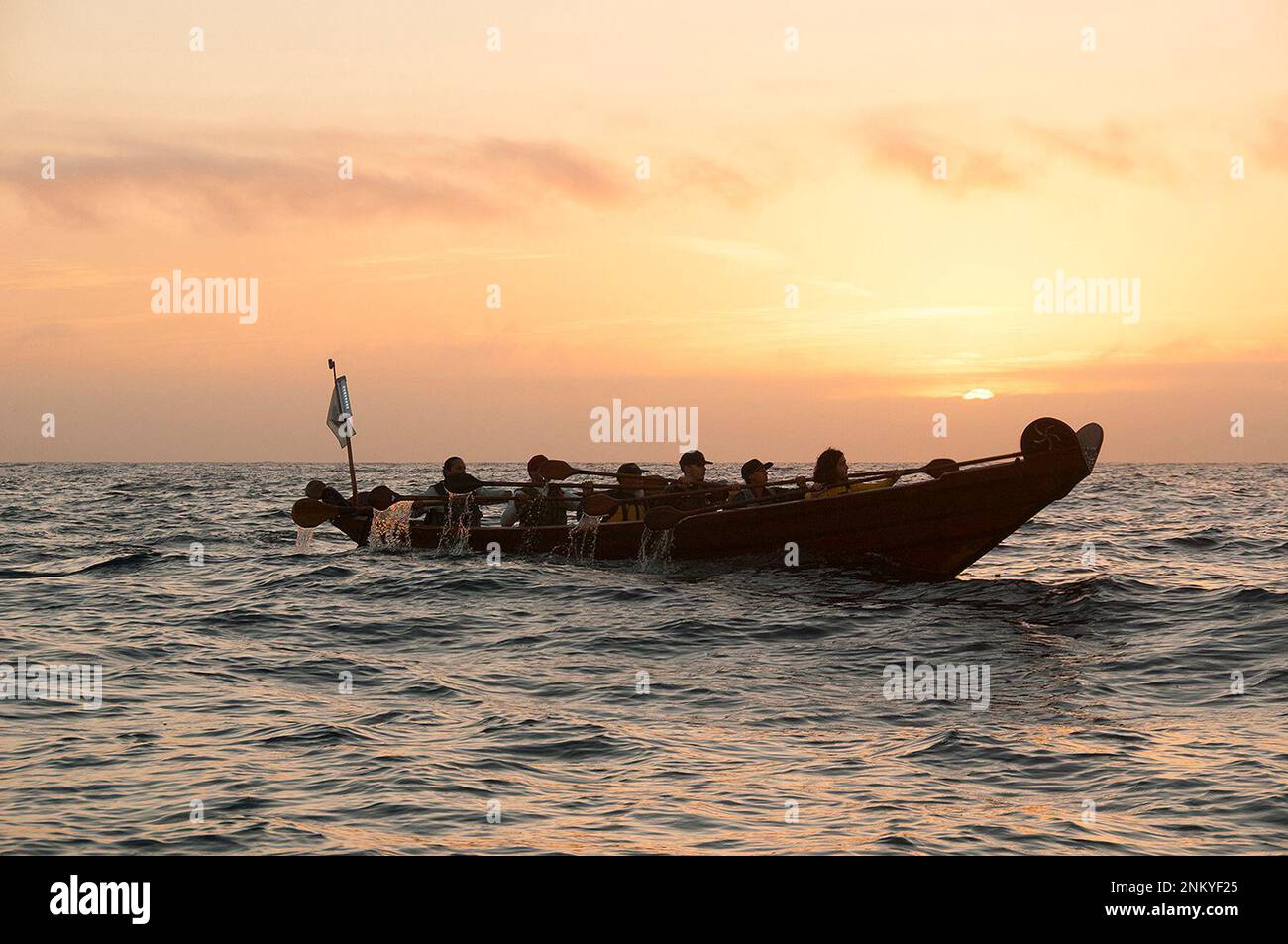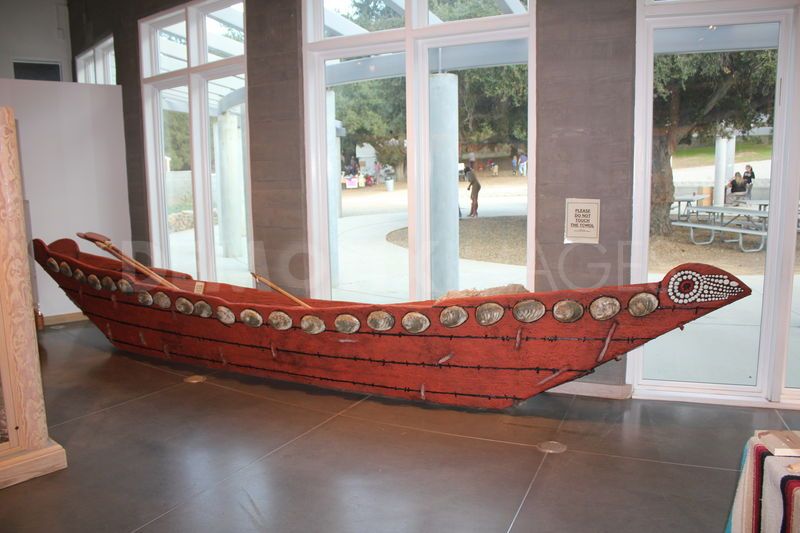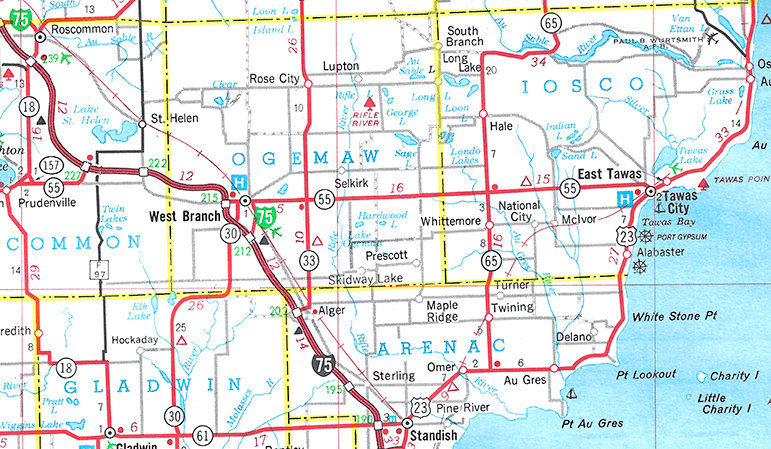
Uncharted Waters: Navigating the Invisible Highways of the Chumash Plank Boats
Forget the paved roads and well-worn trails. Imagine a time when the California coast, from Malibu to Morro Bay, was connected not by asphalt, but by the swift, silent passage of magnificent wooden vessels. This is the world of the Chumash, master mariners whose sophisticated plank boats, known as tomols (or ti’at among their Kizh/Tongva neighbors), carved invisible highways across the vast, often treacherous waters of the Santa Barbara Channel.
For the adventurous traveler seeking a journey that transcends mere sightseeing, an exploration of the Chumash historical plank boat routes offers an unparalleled blend of natural beauty, profound history, and cultural immersion. This isn’t just about maps; it’s about understanding a civilization that thrived by mastering the ocean, connecting islands and mainland in a vibrant network of trade, ceremony, and survival. Prepare to review a travel experience unlike any other, one that invites you to gaze across the same waters, walk the same shores, and feel the same winds that guided these ancient voyagers.
The Vessel: A Marvel of Indigenous Engineering

Our journey begins with the tomol itself, the heart of Chumash maritime prowess. These weren’t simple dugouts; they were advanced, seaworthy vessels, typically 20 to 30 feet long, constructed from carefully selected redwood or driftwood planks. The planks were meticulously shaped, drilled, and then "sewn" together with plant fibers, their seams sealed with yop, a natural asphaltum (tar) mixed with pine pitch and mineral aggregate. This waterproofing technology, unique in North America, allowed the tomol to navigate the powerful currents and open ocean swells of the Santa Barbara Channel, carrying cargo and crew with surprising speed and stability.
The construction of a tomol was not just an act of craftsmanship; it was a sacred undertaking, guided by the Brotherhood of the Tomol, an elite guild of builders, navigators, and paddlers. Owning or even paddling a tomol conferred immense prestige. Understanding this level of sophistication immediately elevates the perception of Chumash culture from a simplistic "hunter-gatherer" stereotype to one of advanced engineering, complex social structures, and profound ecological knowledge.
The Routes: A Lifeline Across the Channel
The "maps" of the Chumash weren’t drawn on parchment; they were etched into memory, passed down through generations, guided by stars, currents, winds, and prominent landforms. These routes connected the mainland villages, particularly around what is now Santa Barbara and Ventura, to the Northern Channel Islands: Anacapa, Santa Cruz, Santa Rosa, and San Miguel.

Why these routes? The Channel Islands were rich in resources not readily available on the mainland, such as chert for tools, unique shell beads (used as currency), and specific types of fish and shellfish. The mainland, in turn, offered acorns, obsidian from the Coso Range (traded inland), and other terrestrial resources. The tomol facilitated a bustling trade network, not just between mainland and islands, but also along the coast and inland via foot trails.
Imagine the journey: a pre-dawn departure from a mainland village, the rhythmic dip of paddles, the vast expanse of the Pacific stretching before you. Navigators would use their intimate knowledge of the currents, especially the strong, often unpredictable flows of the Santa Barbara Channel, to shorten travel times and ensure safe passage. They understood the prevailing northwest winds, the seasonal upwellings, and the subtle signs of weather changes. These weren’t just transit lines; they were arteries of a thriving civilization.
Experiencing the Mainland Hubs: Santa Barbara & Ventura
To truly appreciate the Chumash plank boat routes, one must start on the mainland. The areas around present-day Santa Barbara and Ventura were bustling Chumash population centers, launch points for their maritime expeditions.

Santa Barbara: Begin your exploration at the Santa Barbara Museum of Natural History. Here, you’ll find an exceptional "Chumash Life" exhibit that delves deep into their culture, including a magnificent full-scale tomol replica. The exhibit brings to life the tools, art, and daily existence of the Chumash, providing crucial context for understanding their maritime endeavors. From the museum, take a drive along Shoreline Drive or hike segments of the Douglas Family Preserve. From these vantage points, the Channel Islands loom on the horizon – the very islands the tomols sailed to. It’s a powerful moment to stand on the bluff, feeling the ocean breeze, and imagine the boats setting out.
Ventura: Further south, the San Buenaventura Mission offers a glimpse into the later missionization period, but its historical context is important. The mission was built on the site of a large Chumash village, Mitsqanaqa’n. While the mission period brought devastating changes, the area’s deep Chumash roots are undeniable. The Ventura County Museum of History & Art also houses significant Chumash artifacts and provides excellent interpretive displays. Walk along the Ventura Pier or Marina Park, looking out towards Anacapa and Santa Cruz Islands. The strong currents and vastness of the channel are palpable, giving you a tangible sense of the challenge and triumph of tomol navigation. Consider kayaking or paddleboarding in the relatively calm waters of the Ventura Harbor – a small, modern echo of the ancient connection to the water.
Journeying to the Islands: Channel Islands National Park
The ultimate immersion into the Chumash plank boat routes is a visit to Channel Islands National Park. Often called "North America’s Galapagos," these five islands (Anacapa, Santa Cruz, Santa Rosa, San Miguel, and Santa Barbara Island) offer unparalleled natural beauty and a profound sense of stepping back in time. This is where the tomols landed, where island Chumash communities thrived for millennia, and where the ancient routes culminate.
Getting There: Public ferries depart from Ventura and Oxnard, operated by Island Packers. The ferry ride itself is an integral part of the experience. As you leave the mainland, watch for dolphins and whales, and feel the powerful currents. The islands, once distant specks, grow larger, revealing their rugged cliffs and pristine coves. This journey mirrors, in a modern way, the passage of the tomols.
Anacapa Island: The closest island to the mainland, Anacapa is dramatic and wild. Its sea caves and towering Arch Rock are breathtaking. Hiking the short trails provides sweeping views of the channel and the other islands. Imagine the skilled paddlers navigating these waters, seeking safe harbor in the coves.

Santa Cruz Island: The largest of the Channel Islands, Santa Cruz offers diverse landscapes, from rolling hills to deep canyons and spectacular sea caves. This island was home to numerous Chumash villages and was a major hub in the trade network. Hike to Smugglers Cove or Potato Harbor, places where Chumash likely landed for centuries. Kayaking through the sea caves, particularly around Scorpion Anchorage, gives you a direct, visceral connection to the maritime environment the Chumash mastered. The clear waters teem with kelp forests, providing a glimpse into the abundant marine life that sustained these island communities. You can almost hear the echoes of their paddles and voices.
Santa Rosa Island: Further west, Santa Rosa offers more expansive landscapes and a deeper sense of isolation. It’s renowned for its archaeological sites, including the discovery of "Arlington Springs Man," one of the oldest human remains in North America, dating back over 13,000 years. This emphasizes the deep, enduring human presence on these islands, long before the tomol was even conceived. Exploring Santa Rosa requires more planning, but the reward is immense: pristine beaches, unique island foxes, and a profound silence that allows for contemplation of millennia of human history.
The Spirit of the Journey: Cultural Revival and Legacy
The Chumash plank boat routes are not just relics of the past. They represent a living heritage. In recent decades, there has been a powerful cultural revival, with contemporary Chumash communities constructing new tomols and undertaking ceremonial crossings to the Channel Islands. These modern voyages, sometimes challenging, serve to honor their ancestors, strengthen cultural identity, and educate the wider public about their incredible maritime legacy. Witnessing or learning about one of these crossings imbues the historical routes with a vibrant, contemporary significance.
When you stand on a bluff overlooking the Santa Barbara Channel, or paddle through a kelp forest off Santa Cruz Island, you’re not just observing nature; you’re connecting with a profound human story. You’re traversing the "maps" of a people who understood the ocean as intimately as we understand our urban grids.
Planning Your Own Exploration: Practical Tips
- Best Time to Visit: Spring and fall offer the most pleasant weather for both mainland and island activities. Summers can be warm, and winters bring unpredictable storms.
- Transportation: A car is essential for exploring the mainland coast. For the islands, book your ferry tickets with Island Packers well in advance, especially during peak season.
- What to Pack: Layers of clothing (weather can change rapidly), sturdy hiking shoes, sun protection, water, and snacks. If visiting the islands, be prepared for primitive camping or day trips, as there are no services.
- Respectful Travel: Remember that these are sacred and historically significant lands for the Chumash people. Leave no trace, respect cultural sites, and educate yourself on their history.
- Further Reading: Consult resources from the Santa Barbara Museum of Natural History, Channel Islands National Park, and the Santa Ynez Chumash Museum and Cultural Center for deeper insights.
Conclusion: An Enduring Legacy
To explore the Chumash historical plank boat routes is to undertake a journey into the soul of coastal California. It’s an invitation to look beyond the surface, to see the landscape through the eyes of its original inhabitants, and to appreciate the ingenuity and resilience of a people who built a thriving civilization on the edge of a vast ocean.
This travel experience is not about ticking off landmarks; it’s about connecting with an enduring legacy of human innovation, deep ecological knowledge, and an unbreakable bond with the sea. As you gaze upon the Channel Islands from the mainland, or feel the spray of the ocean against your face during a ferry crossing, you’ll be navigating the invisible highways of the Chumash, forever changed by the spirit of their incredible maritime heritage.
